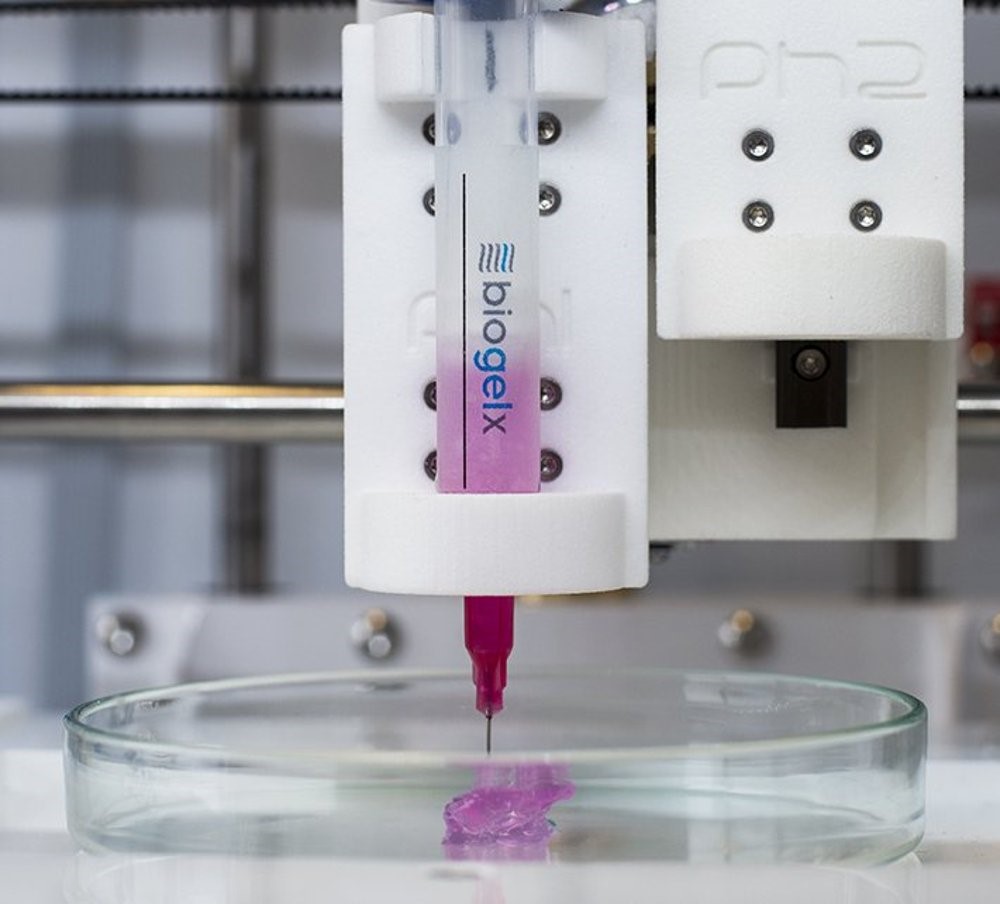So why the odd behavior? Immaturity? That could be the explanation, though he’s a wizened veteran in the NFL at33. Many football players have shown evidence of similarly erratic behavior, some while still playing and many after retirement, and many attribute it to concussions.
In 2002, Dr. Bennet Omalu discovered a possible link between NFL players who’d received routine head injuries and a condition called CTE, or Chronic Traumatic Encephalopathy. During his 12 seasons, Jackson has had 19 season-impacting injuries including numerous concussions, according to Bleacher Report.

In the most notorious case, emerging star New England tight end Aaron Hernandez, victim of numerous concussions, was arrested during the 2013 season and eventually convicted of murder. He then committed suicide in jail. He was 27. In 2017, Hernandez’s brain was found to have the most severe case of CTE ever found in a person of his age.
CTE is a disease that attacks the very core of our being, the central nervous system. It’s been linked to suicides, dementia, declines in memory and violent rash behaviour, particularly among professional athletes in other physical sports. It’s been implicated in the infamous murder—suicide committed by WWE superstar Chris Benoit in 2007.
Each year increasing numbers of retired professional athletes are diagnosed with CTE. It is thought to be incurable. Diseases of the central nervous system (CNS) also impact the lives of tens of millions of people worldwide. In the US, an estimated, 3.8 million sports-related concussions occur each year; 13.5 million individuals live with a disability due to traumatic brain injury. Another 16 million live with brain disorders, with 1.2 million diagnosed with adult onset brain disorders each year caused by disease, tumors, strokes and infections.
Most people with brain disorders have viewed their cases as untreatable. That may soon change. With the advent of bioprinting, there is hope for the first time that a cure or treatment is possible.
Central nervous system cures and therapeutics
The effort to find appropriate medical solutions to these problems is a battle of attrition, with scientists working tirelessly to push knowledge one step closer to a cure. Now, with dramatic advancements in 3D bioprinting provide promise in the fight against damage to the CNS. Bioprinting is a manufacturing process where biomaterials such as cells and growth factors are combined to create tissue-like structures that imitate natural tissues.
Bioprinting has intrigued scientists since Thomas Boland created the first 3D bioprinter in 2003. Currently, bioprinting can be used to print tissues and organs to help research drugs and pills. Emerging innovations include bioprinting of cells or extracellular matrix deposited into a 3D gel layer by layer known as ‘bioinks’ to produce animal or human tissues or organs.These layered human-cell loaded bioinks are printed in the same way commercial 3D printers operate. The only difference is the structure that is generated has ‘biological’ characteristics, resembling some form of human tissue.

In recent years the technology has advanced considerably with bioprinters becoming much more sophisticated and capable of creating structures of increasing complexity. Researchers seeking to develop new solutions to damage within the CNS have turned to bioprinting to develop methods for regenerating the complex networks of cells that control virtually every aspect of your daily life.
One such development recently emerged at the University of California, San Diego, where researchers targeted the application of 3D bioprinting to generate implants capable of promoting regeneration of the spinal cord. The team, led by Professor Mark Tuszynski, demonstrated that the bioprinted implant was capable of triggering nerve regrowth in the spinal cord of rats. The scaffolds, which can be generated in 1.6 seconds, were shown to provide significant benefits to the treated rodents .
“[W]e’ve progressively moved closer to the goal of abundant, long-distance regeneration of injured axons in spinal cord injury, which is fundamental to any true restoration of physical function,” said Prof Tuszynski.
Mini-brains
Researchers at Tsinghua University in China have utilized bioprinting to generate ‘mini brains’ capable of responding to electrical stimuli in the same way our brains do. In the study, brain cells were extracted from the cortex of rats, combined with specially designed bioinks and 3D printed into precise structures.
Not only did brain cells survive the printing process, but they also developed active networks similar to those found within the human brain. The 3D-printed structures responded to drugs like Tetrodotoxin, leading the researchers to conclude that such a model could be used for more than just tissue regeneration. It could also be applied to the search for new drugs to treat many of the diseases that attack the CNS such as Parkinson’s, Alzheimer’s and other dementia-causing diseases, which affect millions of patients globally.
Some groups are investigating how the actual process of bioprinting can be improved to produce better therapeutics. At TU Wien in Vienna) researchers are applying precisely controlled acoustic waves during the bioprinting process to greatly increase the precision of the final print. This cutting-edge technology allowed the research team to generate cage-like spherical structures that were densely packed with nerve cells. The nerve cells were found to thrive within the structures and form connections with neighboring cages.
More simply, the technology allows scientists to rapidly create brain-like structures with dense networks of human neural cells. It is an extremely powerful tool. The head of the research group, Dr. Aleksandr Ovsianikov, added further context to the significance of this development:
We see enormous potential here for using 3D printing to create and study neural networks in a targeted manner. In this way, important biological questions (about the mechanisms behind dementia) can be investigated to which one would otherwise have no direct experimental access.
Space food
Bioprinting’s vast promise has also been demonstrated in space. A bioprinter carried into orbit by Russian cosmonaut Oleg Kononenko as part of an international collaboration involving US, Russian and Israeli companies used a specially customized bioprinter designed to take advantage of a combination of magnetism and lack of gravitational pull to generate highly specialized structures for tissue regeneration. It produced beef, rabbit and fish tissue using magnetic fields in microgravity.
“It’s one small nibble for man, one giant bite for mankind,” said Yusef Khesuani of 3D Bioprinting Solutions, the Russian laboratory that created the bioprinter.
Why the space experiment? Gravity is often against us when we try to reproduce complex environments with bioprinting. It applies pressures to bioinks that cause them to flow, sometimes erratically, making it difficult to control what you generate. Whether sending scientists to space in large numbers is the solution is debatable, but it is nonetheless a truly remarkable moment for the field.
These are only a few examples of the great advancements that have been made in the utilization of bioprinting for repairing the CNS. As with anything, the research effort must continue to strive for new breakthroughs. But we have come a long way since bioprinting first emerged in the late 1980s.
Sam Moxon has a PhD in regenerative medicine and is currently involved in dementia research. He is a freelance writer with an interest in the development of new technologies to diagnose and treat degenerative diseases. Follow him on Twitter @DrSamMoxon































